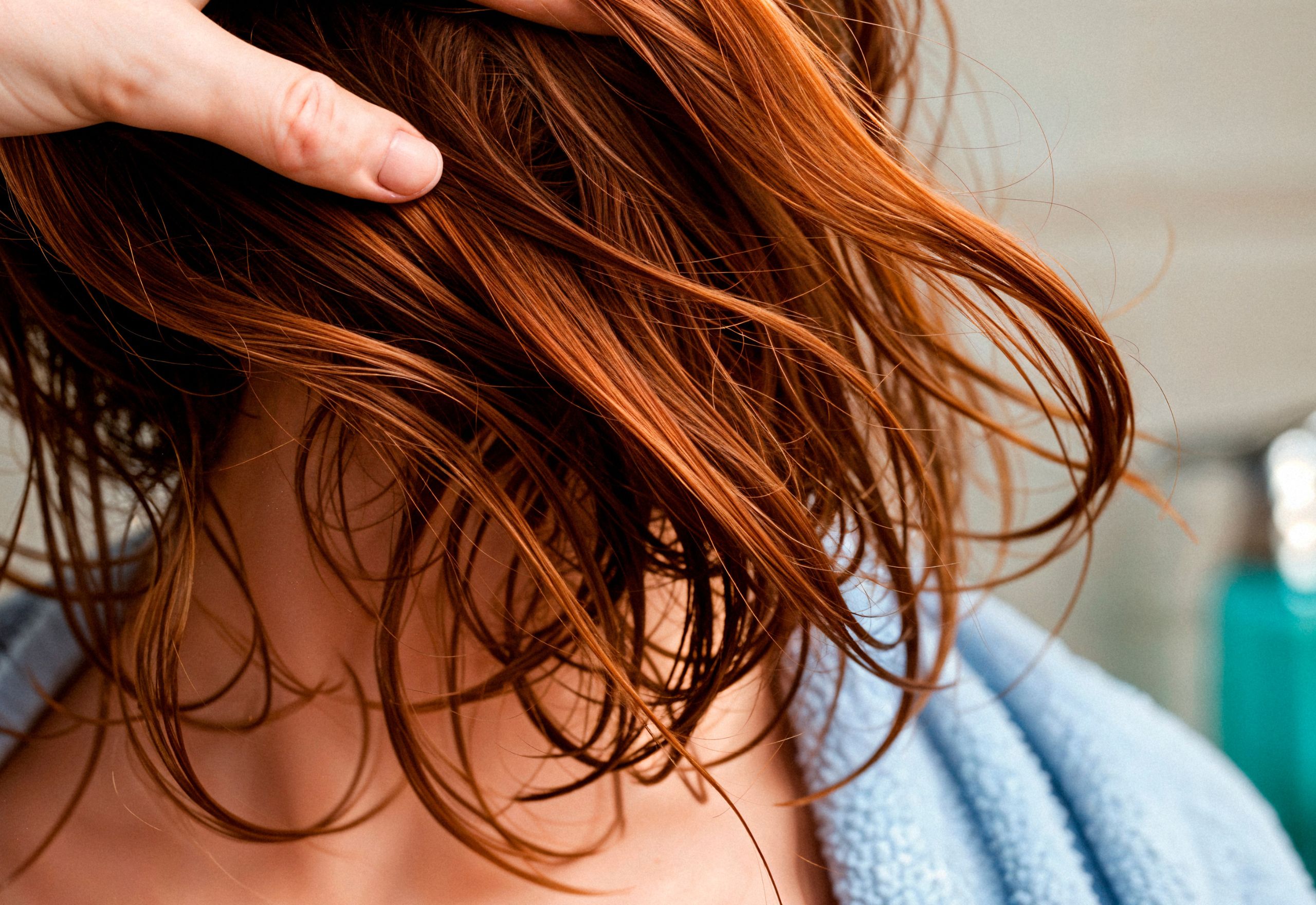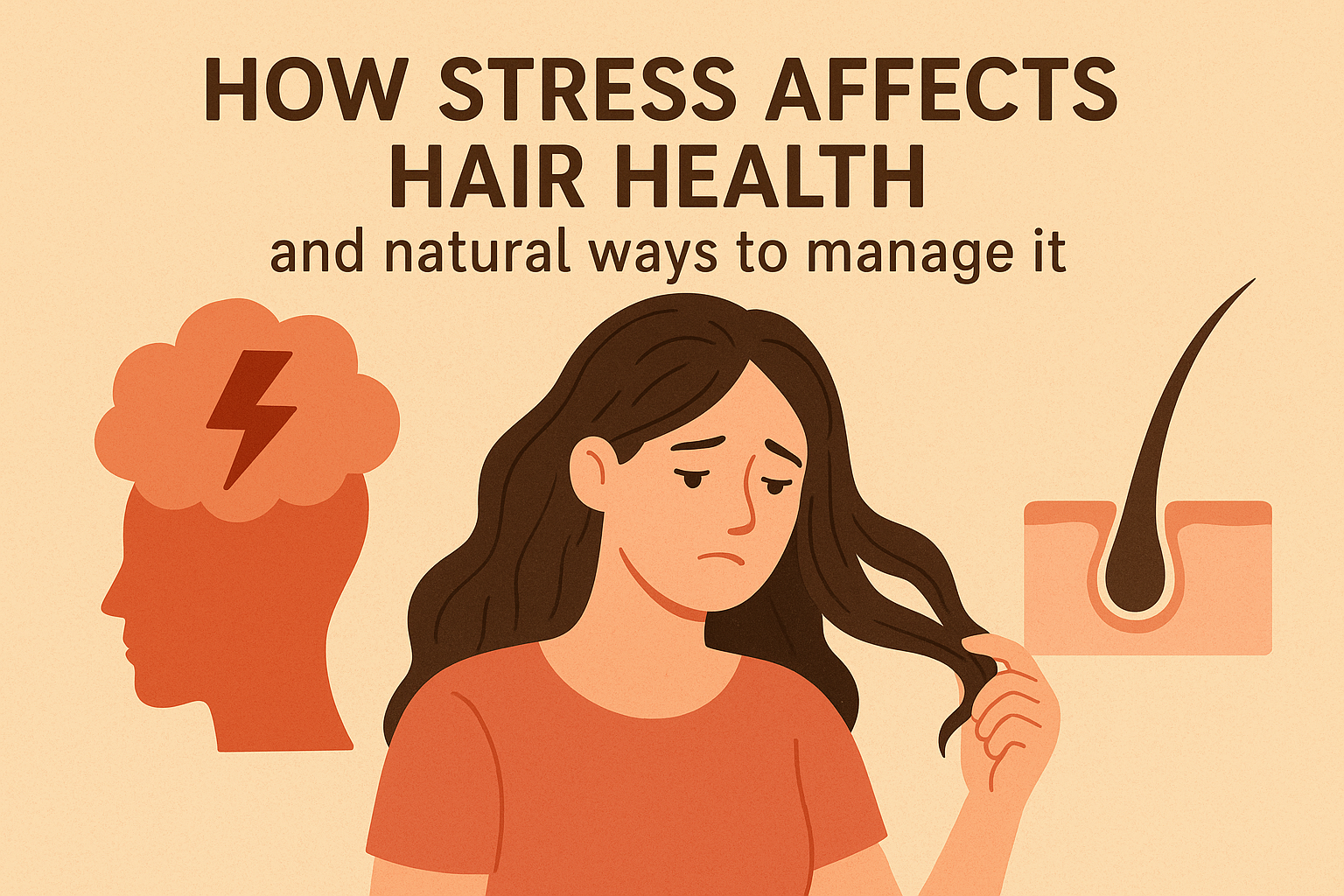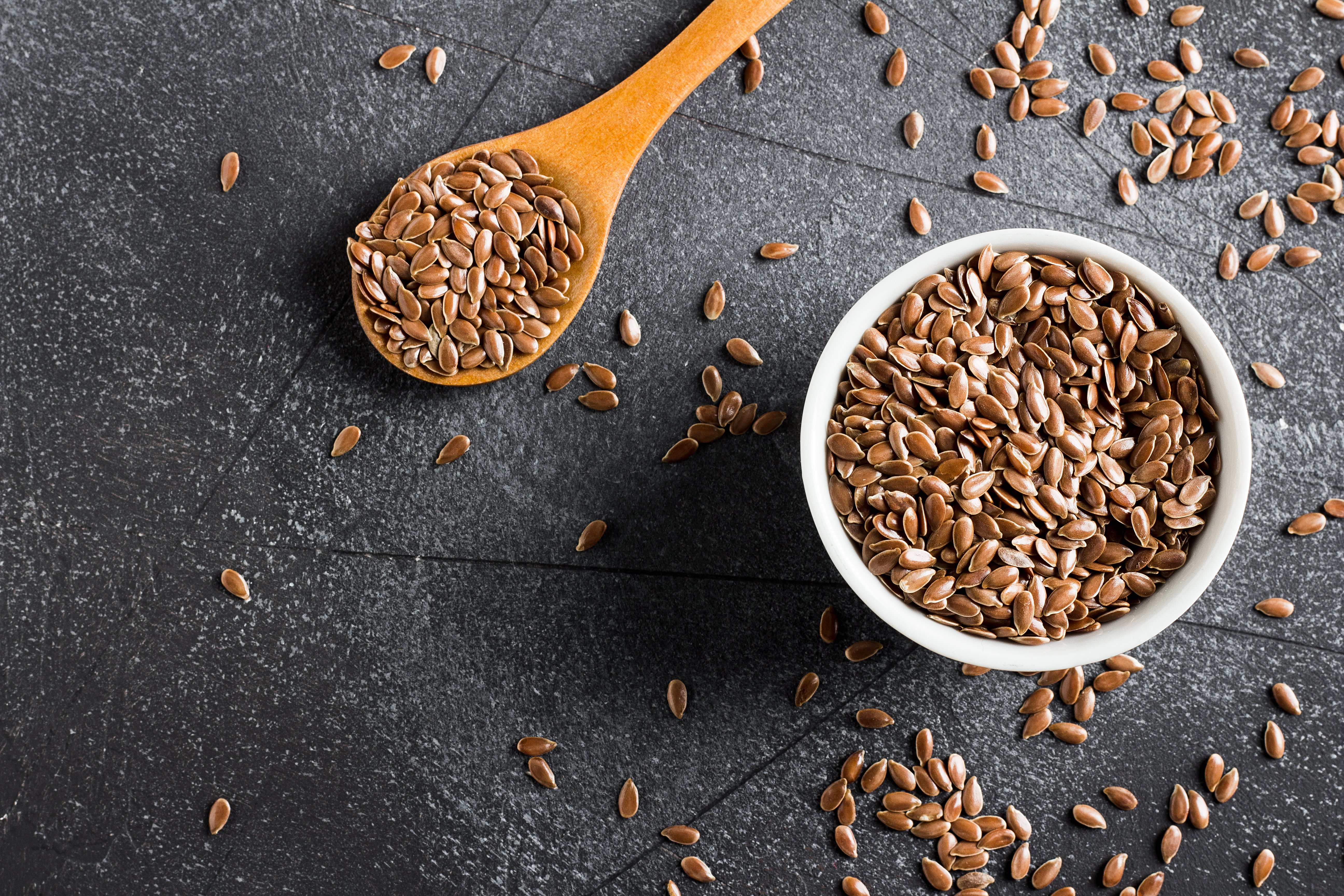Hair is such an important part of our face and can help bolster our confidence during tough times, as well as contribute to our self-image. When female hair loss of the frontal hairline occurs, it can be troubling, especially because loss at the frontal hairline can directly affect the appearance of our face; sometimes people may suddenly find their forehead appears larger, and this leads to increased concern because it can make styles challenging to create and maintain.
Front hairline loss in females can happen all at once or take place over time, and many contributing factors, including hormonal changes, genetic predisposition, choice of hairstyles, and health issues, may contribute towards frontal hairline loss. And though loss can often be frustrating and frightening, there is good news. In many cases, you can still protect your hair and avoid future loss by understanding what may be contributing to loss, recognizing the early warning signs, and following some effective treatment options as soon as possible to slow or even reverse the process.
This blog will discuss what the appearance of female hair loss of the frontal hairline may look like, the common causes of hair loss at the frontal hairline, medical and natural treatment options, and hair care tips to help support your hair loss recovery as you strive to regrow.
Also Read: Best Hair Care Routine for Growth: Step-by-Step Guide to Growing Healthy Hair Faster
How Hairline Loss Develops in Women
Frontal hairline loss will take on different forms than general thinning. Instead of evenly shedding from the scalp, it usually presents in specific patterns:
1: Gradual recession: hairline retreats, forehead looks larger.
2: Patchy thinning: small bald spots near temples or crown
3: Weak baby hairs: fine hairs at the front easily break off or disappear.
4: Reduced density: the scalp is visible even when there are no obvious bald patches.
5: Scalp visibility increases: The front of the scalp shows increasingly under lighting, even when hair is present.
6: Uneven hairline shape: The natural curve takes on some irregular forms, to the point that the forehead looks uneven.
While a woman very rarely presents with complete baldness at the front, as men do. Many women who experience frontal hairline loss conditions also report a decrease in confidence and difficulty styling their hair.
Reasons for Female Hair Loss along the Frontal Hairline
There is no single cause of female hair loss of the frontal hairline; it usually stems from a combination of lifestyle, genetics, and health.
1: Hormonal changes (menopause, pregnancy, and androgens)
2: Genetic predisposition (female pattern baldness)
3: Traction alopecia (hair care that damages hair follicles)
4: Stress and lifestyle (cortisol affects the growth phase)
5: Autoimmune disorders (alopecia areata, FFA)
6: Hair product damage (heat styling, chemicals)
7: Nutritional deficiencies (iron, vitamin D, zinc, protein)
Indicators of Early Hairline Thinning
Women dealing with front hairline loss patterns often notice baby hairs disappearing or uneven hairline shapes first. Signs to look for:
1: Hairline looking uneven or farther back than previously
2: More baby hairs are breaking or no longer exist
3: More difficult to style the front of your hair
4: Even more hair comes out when brushing or washing your hair.
5: Sensitivity or itching on the scalp along the front hairline
If these signs have been occurring for a few weeks or more, please ask a professional.
Pre-Treatment Hairline Protection Techniques
Prior to beginning advanced treatments, women can take steps to help avoid any further damage to their hairline. These methods are particularly useful for women already struggling with female hair loss of the frontal hairline, as they may help slow down progression.
1: Change hairstyles
Avoid tight ponytails or braids. Keep your hair in a loose style.
2: Use protective scarves or headbands.
Silks and fabrics bands also help in reducing friction while styling your hair.
3: Use oils and serums to add strength to your hair.
Rosemary, argan, or jojoba oils help condition and strengthen weak/fragile hair.
5: Use gentle tools on your hair.
Use wide-toothed combs and fabric-covered ties that are advertised as break-free, so we avoid tangling and breakage.
Also Read: What Can I Eat to Prevent Hair Loss and Stop My Hair from Falling Out?
Medical Treatments for Women’s Frontal Hairline Loss
If changes to your daily habits are not enough, sometimes medical interventions are preferred. If a dermatologist suspects your frontal hair loss indicates a medical issue, their recommendations generally include:
1: Minoxidil (a topical solution)
An FDA-approved topical that promotes hair follicle activity. Most commonly, results are seen between 3 and 6 months of use
2: Anti-androgen medication
spironolactone or finasteride, which reduces hormones impacting your follicles
3: Corticosteroid injections
are used to treat inflammation in cases caused by an autoimmune reaction
4: Platelet-Rich Plasma (PRP) Therapy
Platelet-rich plasma from your blood with growth factors stimulates hair follicles
5: Hair transplant surgery
Hair transplant surgery involves harvesting healthy hair follicles from any area of your scalp and placing the follicles in the front.
Natural and Home Remedies
Some women wish to use gentler verifications along with or before medical treatments.
1: Scalp Massage: Massaging the anterior scalp should help stimulate the circulation and increase the nutrient delivery to the follicle.
2: Aloe Vera Gel: Using fresh aloe should help decrease irritants and keep a healthy environment.
3: Onion juice or rosemary essential oil: Both should help improve density if you use them routinely; they are readily available.
4: It is important to have good nutrition; protein, leafy greens, nuts, and seeds provide your follicles the foundation to thrive. Consider getting additional vitamins via supplements if you are deficient in biotin, iron, or vitamin D.
5: Minimizing stress levels: regular yoga, meditation, or simply walking every day will help reduce excessive stress hormones that inhibit hair growth.
Also Read: How to Protect Hair from Dust and Pollution: Effective Tips for Healthy, Clean Hair Outdoors
Everyday Practices for Healthy Hair to Retain a Full Hairline
When it comes to hair loss, it matters what you do daily, in conjunction with any medical treatment options that you may be seeking. These everyday practices can support your treatments:
1: Wash: Ultimately, wash hair with a mild, sulfate-free, conditioning shampoo and rinse thoroughly.
2: Conditioning: Apply conditioner to mid-lengths AND ends, while leaving the hairline light, to reduce the risk of breakage.
3: UV Protection: Sun exposure will weaken your hairline, so functional hats or UV protection sprays can help with prevention.
4: Heat Damage: Try to limit the number of times you straighten or curl heat into your front edge. If it is unavoidable, please use a heat protectant!
5: Pillowcase Choice: Silk or satin pillowcases are a great option, as they tend to be less abrasive. This may be important for little or baby hairs.
Weekly Process for Hairline Preservation and Restoration
The frequency of the maintenance is more important than the intensity of the method. Here is a realistic weekly cycle:
Day 1 – Scalp Nutrition
Apply a light oil scalp massage on the frontal hairline prior to bed.
Day 2 – Gentle Cleanse
Wash the scalp gently with mild shampoo and only apply conditioner to the hair strands.
Day 3 – No Hairstyle
Loose hair or a very low-tension hairstyle allows hair follicles to rest.
Day 4 – Nutrient Enhancement
DIY hair mask with aloe vera, honey, or yogurt (if you tolerate dairy).
Day 5 – Exercise & Cover or Wrap
Ideally, if you exercise, you should cover your hairline with a sweatband to prevent salt from accumulating during perspiration.
Day 6 – Clarifying Rinse
Do a clarifying rinse with apple cider vinegar diluted with water to ensure any product buildup is removed.
Day 7 – No Heat Styling
No heat styling, and allow your hairline to air out organically.
Tracking Progress in Hairline Recovery
New hair grows very slowly, about half an inch per month, so it will take a while to see improvement. To measure improvement, especially in frontal hairline loss in females, you can:
1: Take pictures every four weeks under the same light.
2: Observe how easy or difficult it is to style the front of your hair.
3: Note how many broken hairs you see in your brushes or on your pillowcase.
4: Look closely to see if you are gradually seeing less scalp at the front of your hairline.
It is important to set realistic expectations; 3-6 months of consistent care may not yield visible changes.
Conclusion
Female hair loss of thefrontal hairline is more prevalent than many think and is due to hormones, genetics, styling habits, or health issues. Fortunately, if there is early intervention, whether you decide on protection habits, natural remedies, medical treatments, or otherwise, there is potential for improvement.
By taking the time to recognize early signs, nourishing the scalp, wearing gentler hairstyles, and being consistent with their treatment (if any), women can protect their hairline and be left feeling more confident. Hair health is a long process, but by taking it one step at a time, regrowth and resilience are possible.
FAQs
Is a female hairline loss permanent baldness?
Not always. Female hairline loss is a broad category, and many forms of hairline loss can improve with treating the cause and making appropriate lifestyle changes if caught in time.
Is minoxidil safe for women to apply to their hairline?
Yes, minoxidil is FDA-approved for female pattern hair loss, and yes, it can be used on the hairline to help regrow hair, as long as it is used consistently and appropriately.
Can hairstyles damage the frontal hairline?
Yes, if women wear a tight ponytail, wear braids or wigs multiple days per week, and continue to do so, the traction may cause permanent follicle scarring unless addressed soon.
How long will it take for my hairline treatments to work?
Most treatment forms, whether they are topical or medical, generally take at least 3–6 months before you will see signs of actual visible regrowth.
Does diet affect hairline thinning?
Yes, diet matters. When patients are malnourished and/or poorly nourished, their hair follicles may have reduced efficiency and produce weaker hair strands. A balanced diet works together collectively to promote a return to healthy regrowth.
How does stress factor into getting frontal hair loss in women?
Stress increases cortisol levels that interfere with the hair growth cycle. Increased cortisol can lead to thinning around the hairline, but effective stress management can help make a positive difference.
Can natural oils such as rosemary help restore the hairline?
Rosemary oil has had some observed success in stimulating hair growth when massaged regularly into the scalp, but results vary and take time to see.
Is hair transplant surgery an option that works for women?
Yes, hair transplants can work as a permanent solution to restore the hairline to its former glory, especially by moving healthy follicles to thinning places, when other treatments fail.
Can hormonal changes like menopause contribute to hairline thinning?
Yes! In females, menopause leads to a significant decline in estrogen levels that can speed up thinning at the temples and frontal hairline areas.
Are there safe styling methods to camouflage a thinning hairline that can cause increased stress?
Yes, on the whole, soft side parts, loose braids, and utilizing products that add volume to the hair can be helpful, while allowing the hairline to be “distressed.”


